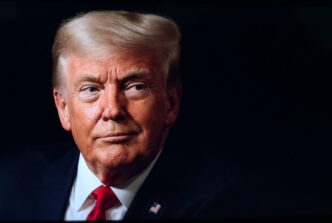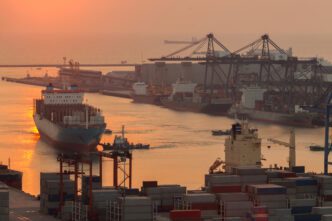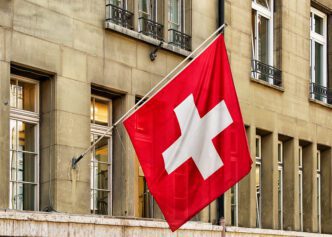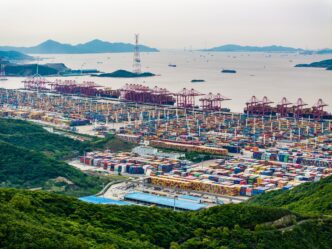Luxury bags from renowned European fashion houses like Hermès, Louis Vuitton, and Prada often come with a hefty price tag, reaching into hundreds of thousands of euros. These brands typically assure consumers that their products are crafted in Europe, a promise that many shoppers equate with superior quality. However, a growing trend on TikTok challenges this narrative, with some users claiming that these luxury items are actually manufactured in China.
Under the viral hashtag #chinesemanufacturer, numerous TikTok videos have surfaced, featuring content creators asserting that Chinese factories are the true producers of luxury brand goods. A prominent figure in this movement is a TikToker known as Wang Seng, who represents a Chinese handbag manufacturer. In a video that amassed over six million views before its removal, Seng asserted that a significant majority of luxury bags are produced in China. He claimed that these bags are sent back to Europe for final touches, such as repackaging and logo application, allowing them to be labeled as “made in Italy” or “made in France.”
Seng and other TikTok users allege they work for original equipment manufacturers (OEMs) that produce items later sold under luxury brand names. These videos often target American consumers, highlighting the 145% tariffs imposed on China by U.S. President Donald Trump. They encourage consumers to bypass these tariffs by purchasing directly from Chinese factories, emphasizing the craftsmanship and cost-effectiveness of Chinese production.
Despite these claims, there are strict regulations regarding the labeling of European products. For a product to be labeled “made in Europe,” its final substantial transformation must occur in the manufacturing country. Luxury brands like Hermès and Louis Vuitton detail their production locations on their websites, none of which include China.
Investigative journalist Noëmie Leclercq suggests that while some brands at the lower end of the luxury spectrum, such as Ralph Lauren or Prada, may utilize Chinese manufacturing at certain production stages, this is less likely for high-end brands like Hermès. The luxury industry is known for its secrecy, and while many brands have outlets in China, the authenticity of the TikTok claims remains dubious.
Leclercq believes that many products showcased in these videos are likely counterfeits. She points to a potential political motive behind the trend, noting that the Chinese government may be promoting counterfeit production as a response to U.S. tariffs. This geopolitical strategy is not unprecedented, as seen when luxury brands withdrew from Russia following its invasion of Ukraine, leading to an influx of counterfeit goods from Turkey into the Russian market.








